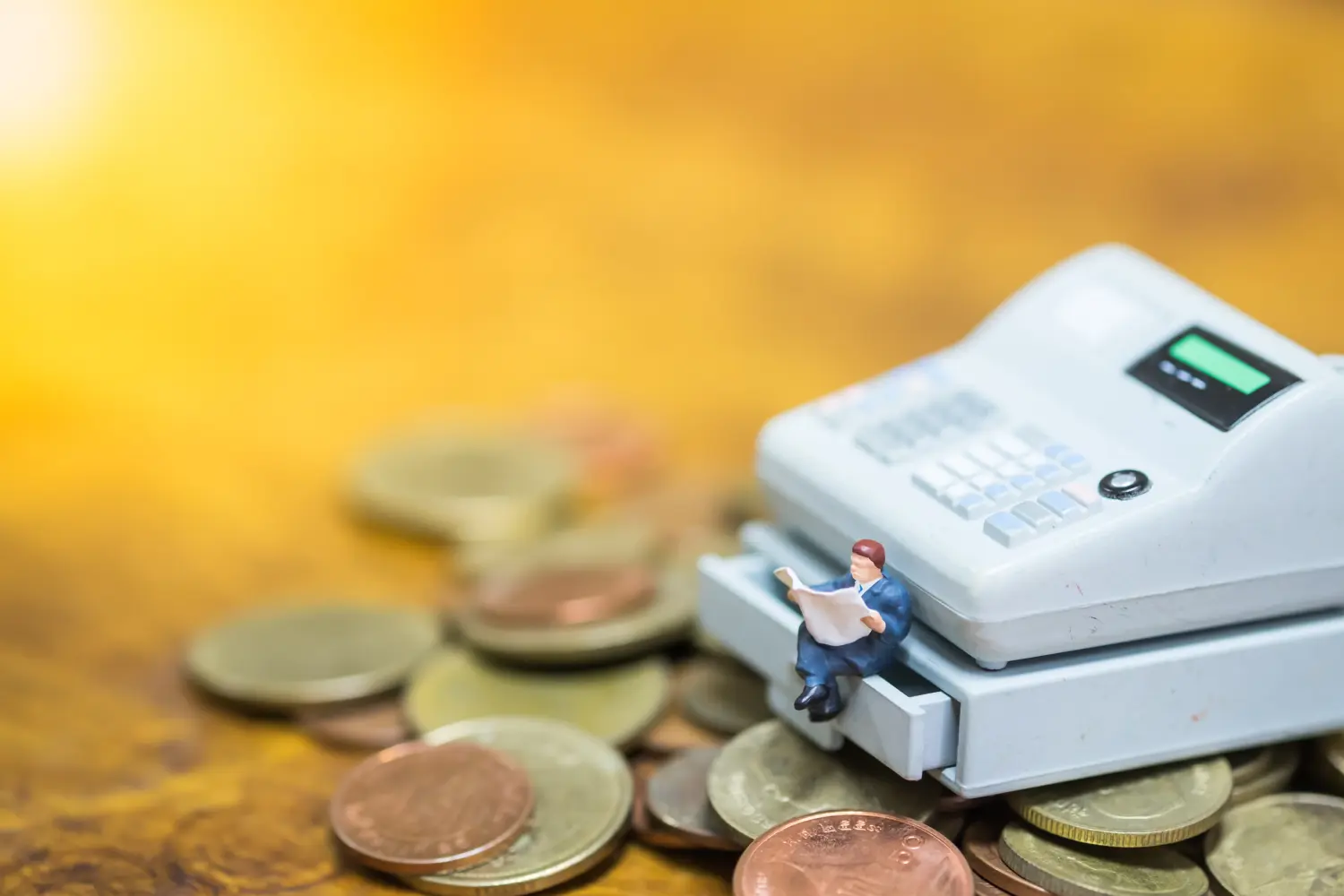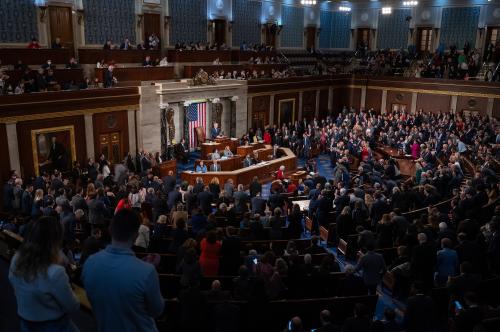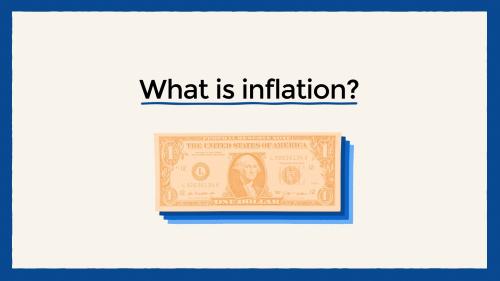This report was originally published by Tax Notes Federal on March 27, 2023.
In a deal that secured Rep. Kevin McCarthy, R-Calif., the speakership, Republicans plan to vote on a bill (H.R. 25) to enact the “Fair Tax.”1 Introduced by Rep. Earl L. “Buddy” Carter, R-Ga., the Fair Tax would replace federal personal income, corporate income, payroll, and estate and gift taxes with a national retail sales tax. The proposal would create a “family consumption allowance,” a type of universal basic income. The bill would also eliminate the IRS and has a trigger that would eliminate the sales tax if the 16th Amendment were not repealed in seven years.
The Fair Tax is not a new proposal; it was originally developed and pushed by Americans for Fair Taxation, a group established in Houston in the mid-1990s. The Fair Tax was first introduced in Congress by then-Rep. John Linder in 1999 and has been reintroduced in each subsequent Congress. Initially, the bill had between 51 and 83 cosponsors, but recently it has dwindled in popularity, attracting closer to 24 cosponsors.2
In this article, we review the Fair Tax proposal and conclude that it is essentially unworkable. First, the rate would need to be far higher than advertised. The cited rate of 23% is tax inclusive. This corresponds to a 30% tax-exclusive rate, which would be the actual markup at the cash register. These rates, however, would be insufficient to replace income, payroll, and estate and gift tax revenue under current law. When the Fair Tax proponents calculated the required rate, they either made a mistake with the math, as explained below, or built in cuts in government spending. We show that even under the optimistic assumptions that the tax would generate no avoidance or evasion, maintaining current-law federal revenue and keeping federal spending constant in real terms would require a tax-inclusive rate of about 28% over the next decade, corresponding to a 39% tax-exclusive rate. Alternatively, if the tax-inclusive rate remained at 23%, either federal deficits would rise or government spending would need to be cut by nearly $10 trillion over the next decade.
No tax is free of evasion (illegal underpayment of taxes owed) or avoidance (legal changes in activity to reduce one’s tax burden). If one assumes that the Fair Tax would generate the same rate of evasion as the income tax (but no avoidance), the required tax-inclusive rate rises to 34.1% (a 51.7% markup at the cash register). Under those circumstances, the revenue loss of a 23% tax-inclusive rate would equal almost $18 trillion over the next decade.
Similarly, virtually no tax is free of exclusions or exemptions. If one assumes that, in addition to the evasion rates noted above, the Fair Tax base is reduced by exempting state and local governments (or rebating their Fair Tax payments) and a small portion of necessities, the required tax-inclusive rate rises to 46.1% over the next decade, representing a tax-exclusive rate, or markup at the cash register, of 85.5%. Enacting a 23% tax-inclusive rate under those conditions would result in a budgetary shortfall of approximately $27.7 trillion over the next decade.
Read the full report here.
The Brookings Institution is financed through the support of a diverse array of foundations, corporations, governments, individuals, as well as an endowment. A list of donors can be found in our annual reports published online here. The findings, interpretations, and conclusions in this report are solely those of its author(s) and are not influenced by any donation.
-
Footnotes
- Ari Blaff, “House Republicans to Vote on Bill to Abolish IRS,” National Review, Jan. 10, 2023.
- Grover Norquist, “A National Sales Tax Is a Terrible Idea,” The Atlantic, Jan. 23, 2023; Natasha Sarin, “There’s Nothing Fair About Republicans’ Fair Tax Proposal,” The Washington Post, Feb. 13, 2023.






